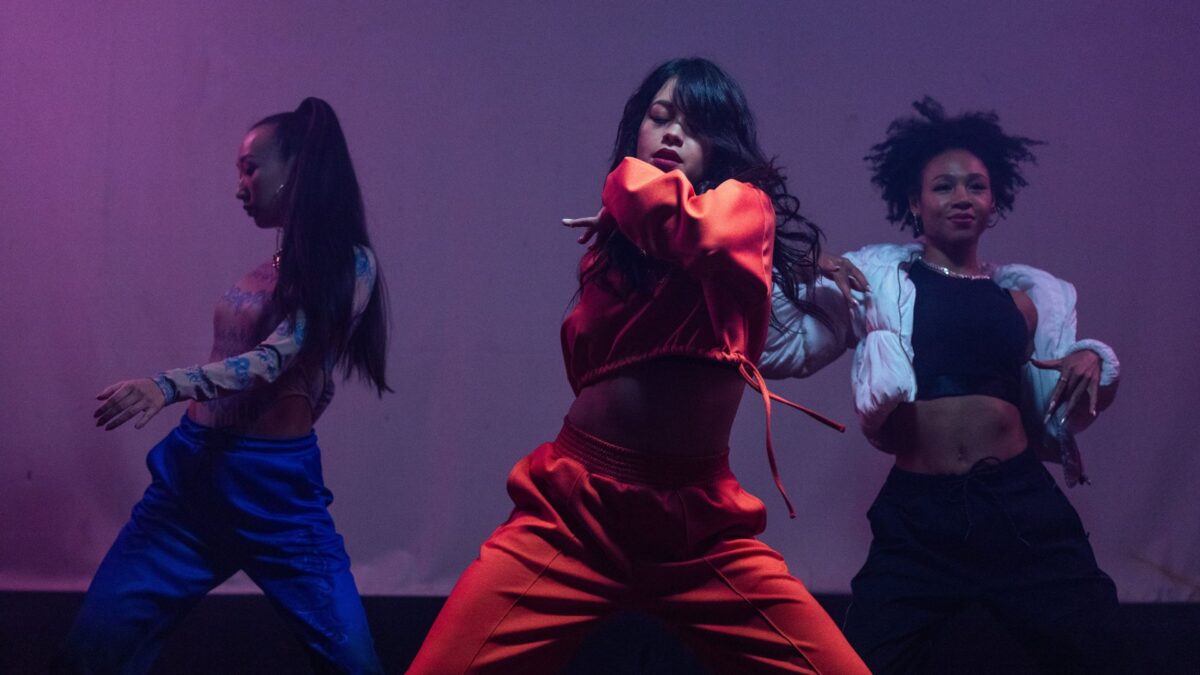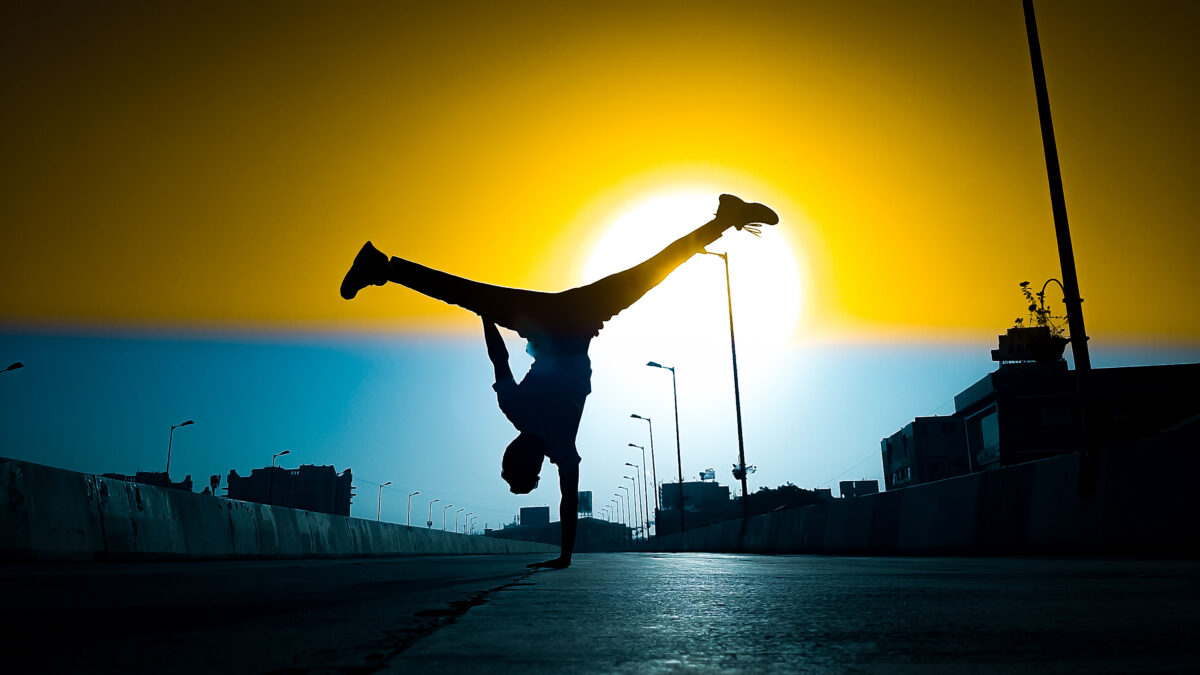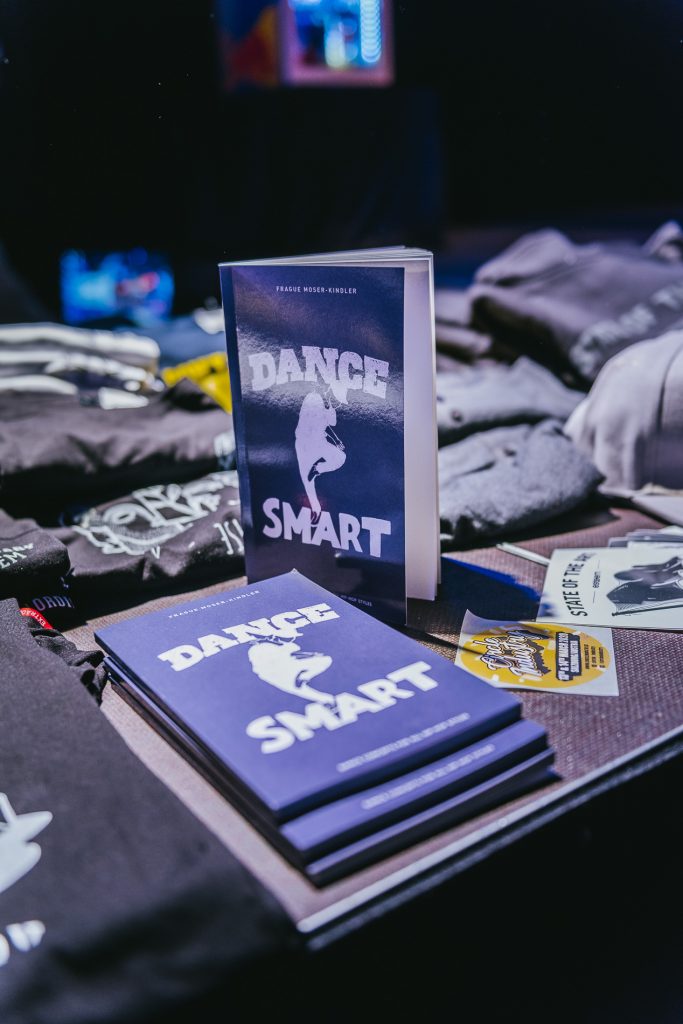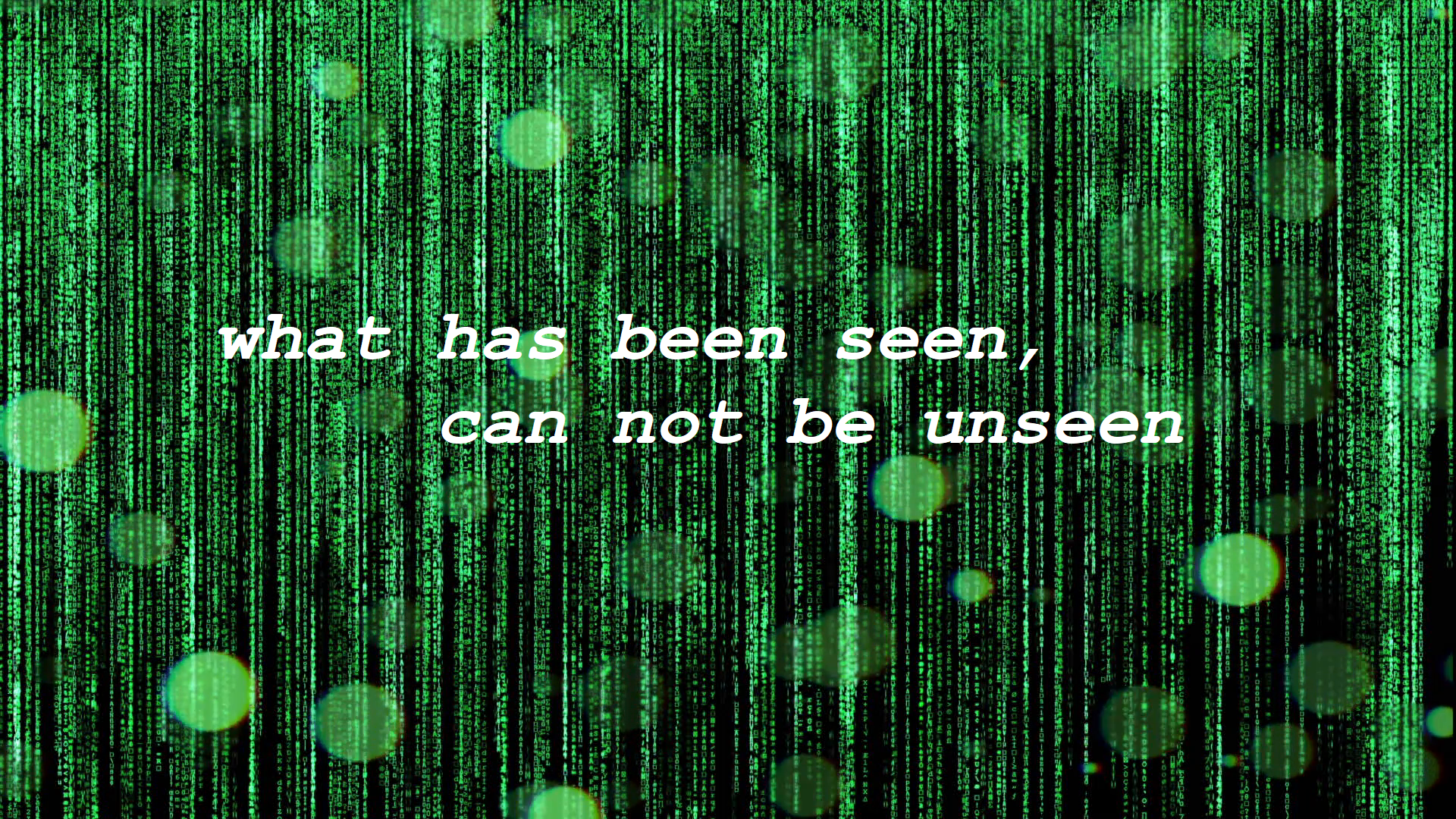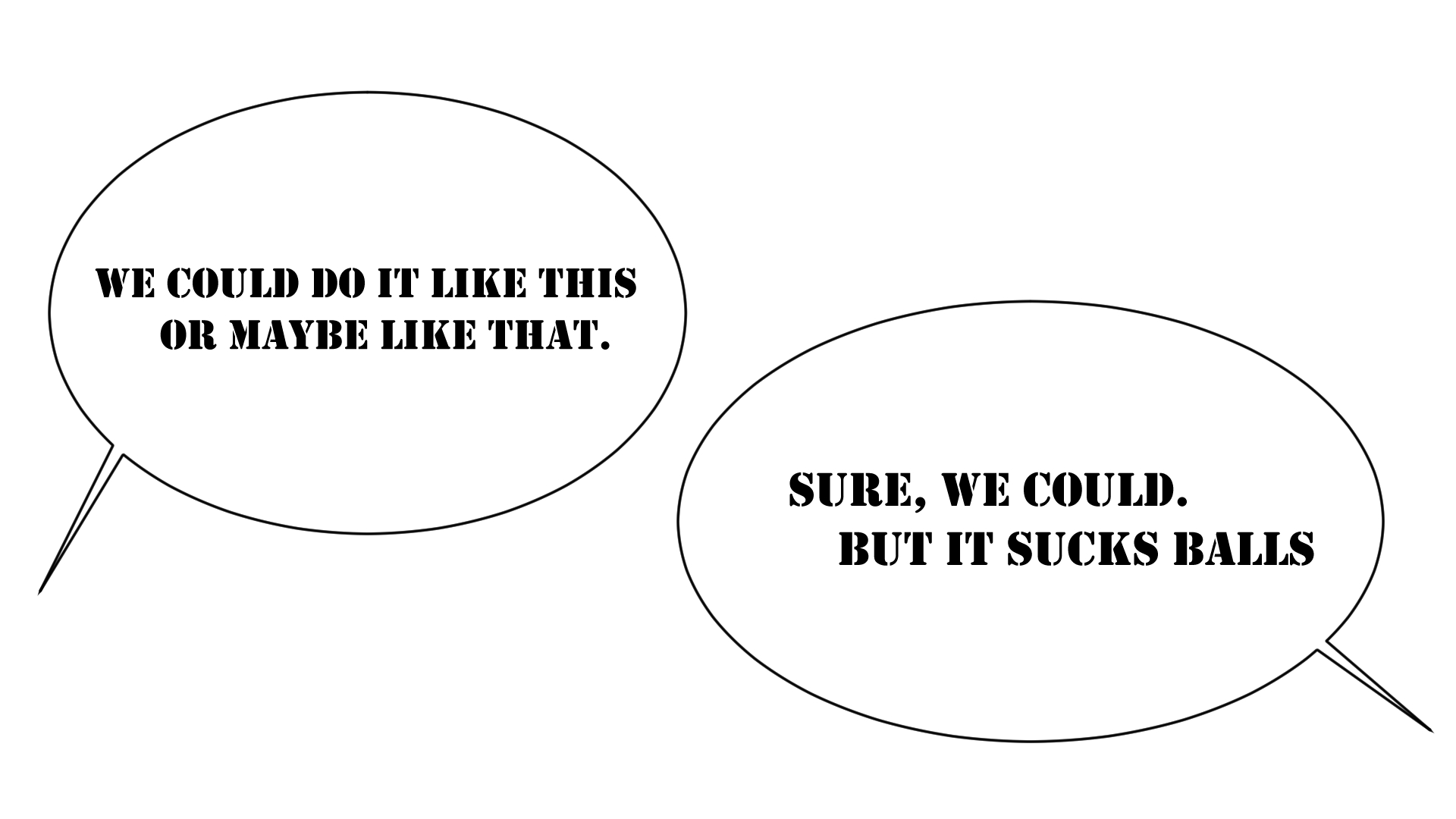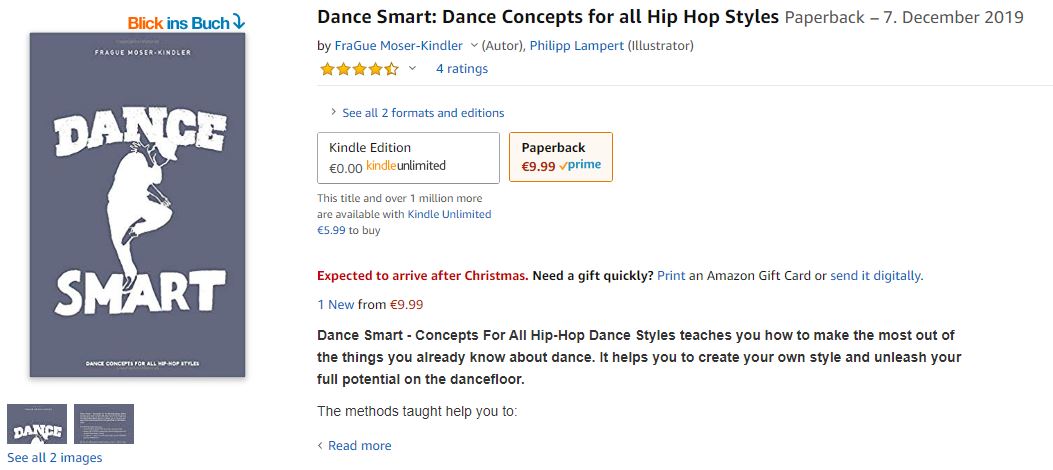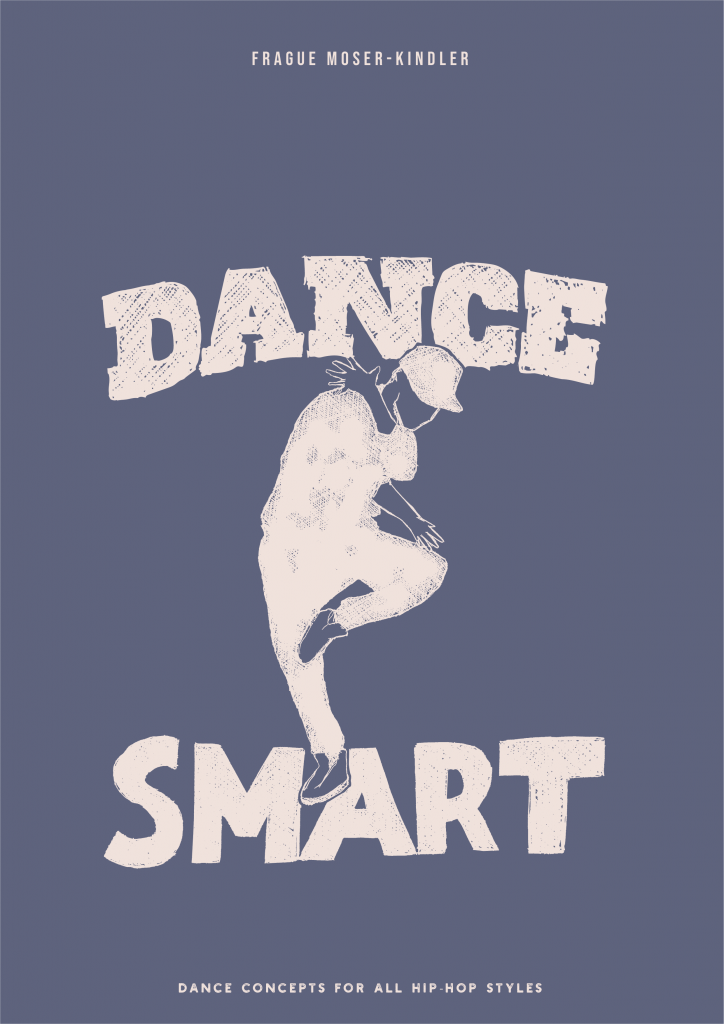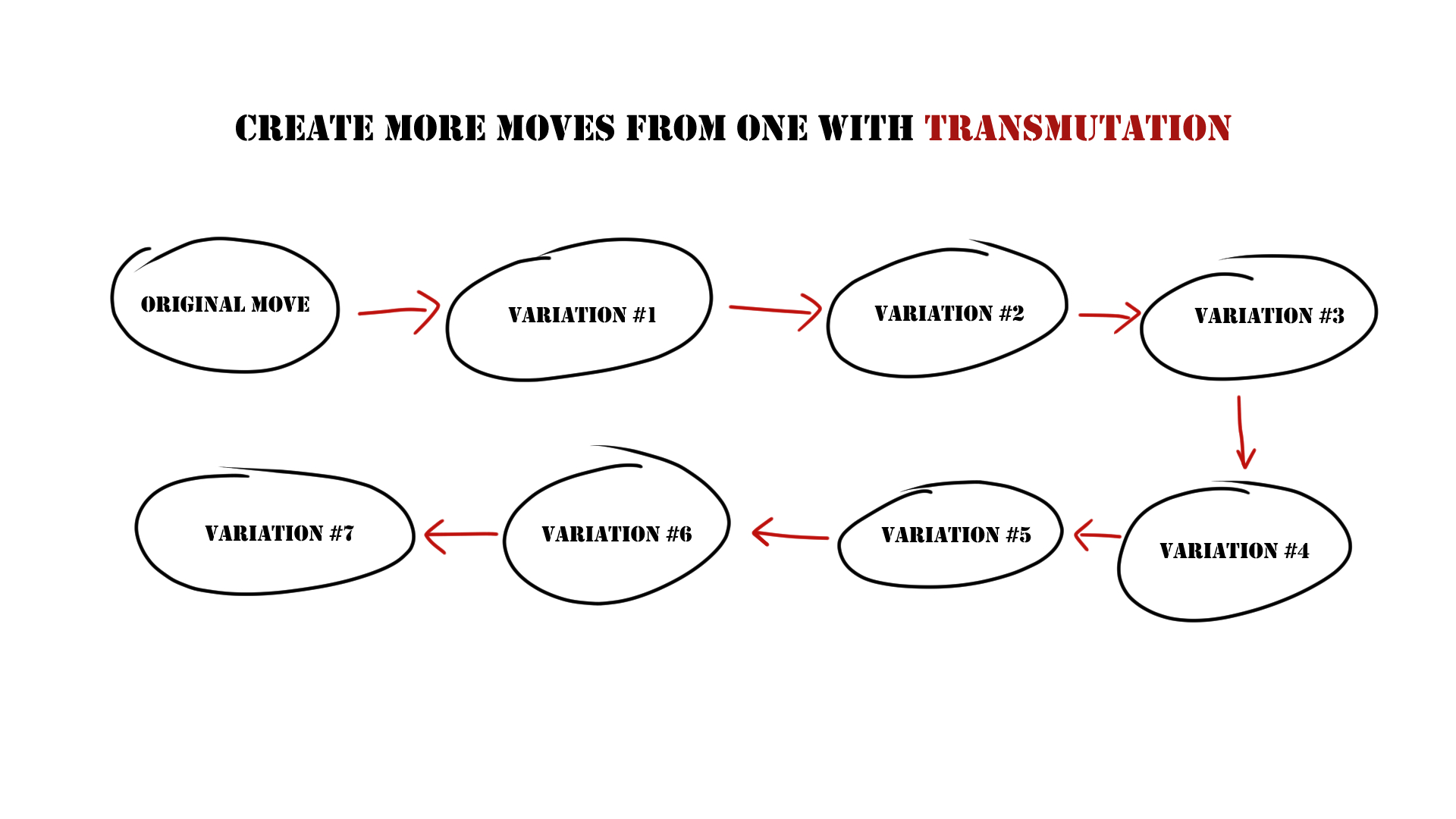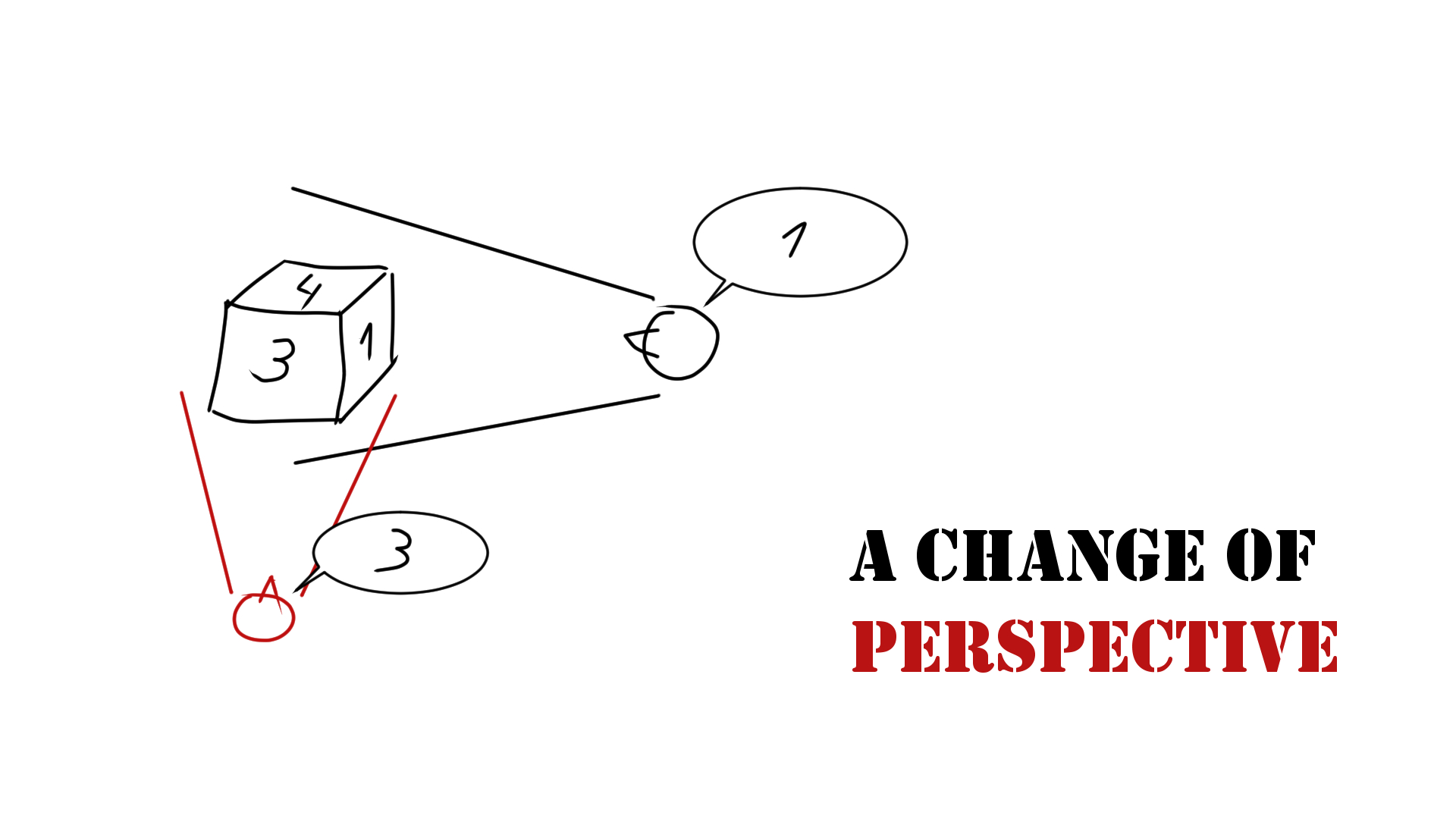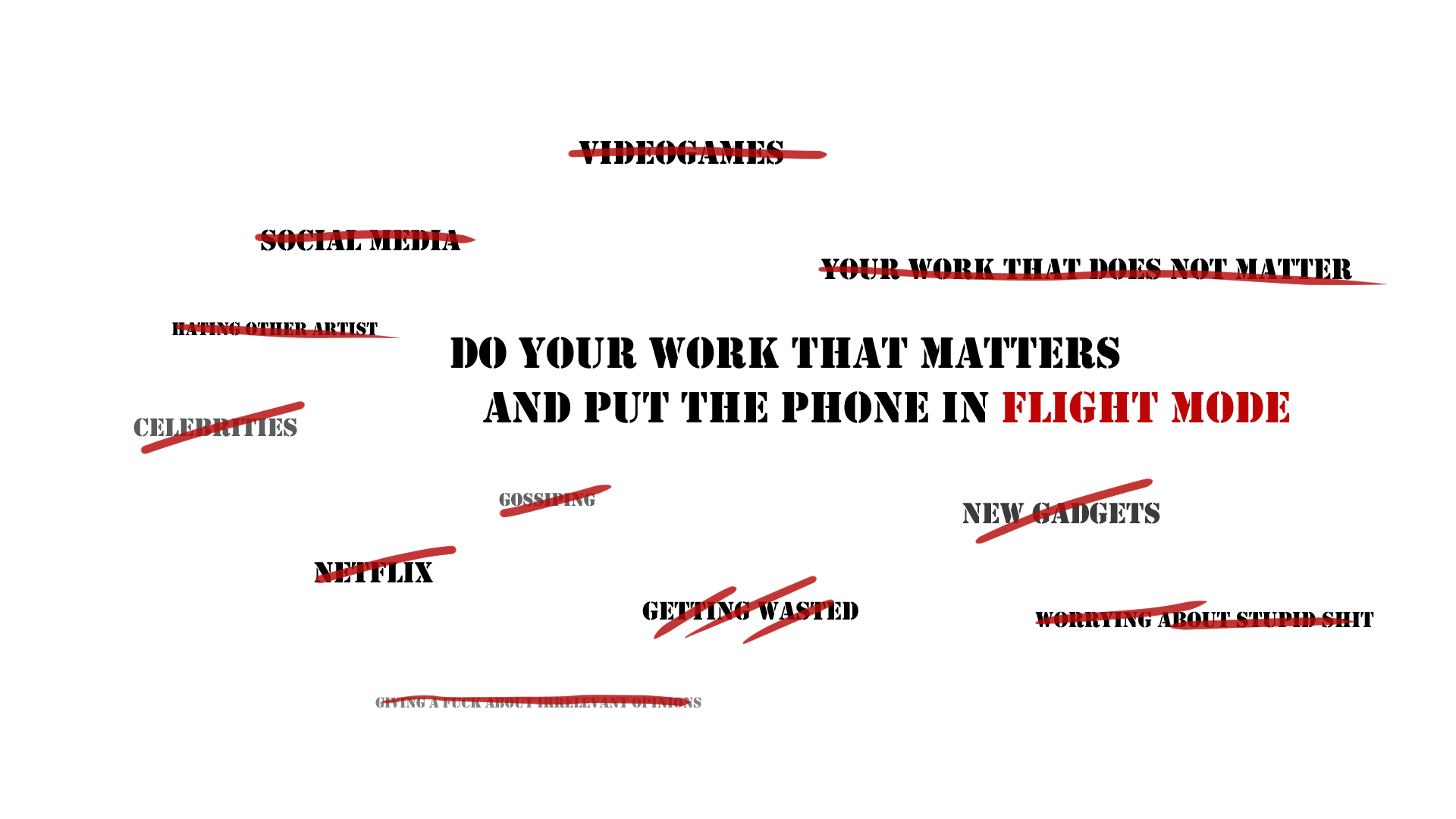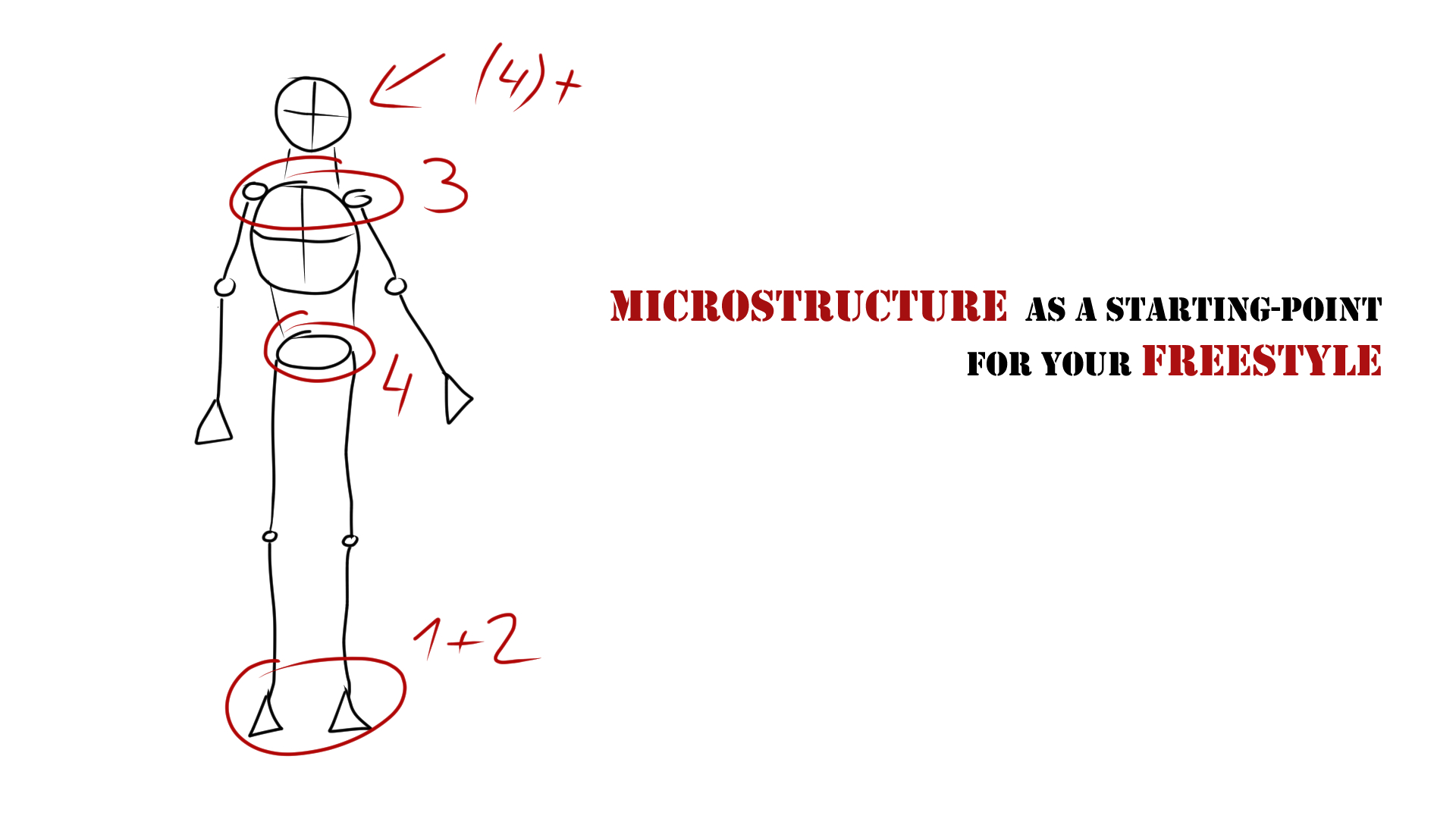Join me on a rhythmic journey through the vibrant world of hip hop dance. This article is tailored to serve as your compass in navigating hip-hop’s pulsating beats and intricate moves, allowing you to immerse yourself fully in its dynamic essence. I will also give practical advice on how to learn, practice, and master it. Gear up to uncover the secrets of developing your unique style and expressing your individuality through dance. But first, let’s check out…
What is hip hop dance?
Hip-hop dance is a vibrant form of expression and kinetic poetry born from hip-hop culture’s energetic and resilient spirit. This culture, originating from the 1970s South Bronx, is a rich tapestry woven with various elements, each contributing to its diverse and dynamic identity. While breaking was the original dance form of hip hop culture, hip-hop dance came in later and can be considered the younger sibling of breaking. These dance forms are one of the four foundational elements of hip-hop culture, intertwined with rap music, graffiti art, and DJing. Working in harmony, these elements created a revolutionary artistic movement, echoing the voices, stories, and experiences of marginalized communities, thus providing a platform for self-expression, communication, and identity.
At its core, hip-hop dance is a physical articulation of hip-hop music’s rhythmic and lyrical components. Its improvisational nature, unique movements, and powerful expressions of individuality and freedom characterise it. In its pure form, it is a freestyle dance. The original moves of hip hop are based on social and party dances that people did together on jams, in clubs or simply in the streets. Often these moves were inspired by cartoons (e.g. the Bart Simpson, Roger Rabbit), fashion (e.g. the Gucci, Reebok or Fila) or movie stars (e.g. the Steve Martin).
Hip-hop dance is not just about the moves; it’s about the attitude, the swag, and often about the story it tells. It’s an eclectic blend of various dance forms and cultures, allowing for various movements and expressions. With its global reach and universal appeal, it has transcended boundaries, enabling individuals from diverse backgrounds to connect and communicate through the universal language of dance. It has transformed streets into stages, providing a canvas for dancers to paint their stories, struggles, and triumphs, fostering unity and mutual respect among different communities.
How to learn hip-hop dance?
Learning hip-hop dance offers unparalleled flexibility, allowing enthusiasts to adapt and tailor their learning experiences to suit their preferences, lifestyles, and learning paces. Whether you prefer the structured environment of a dance studio or the comfort and convenience of your living room, the journey of mastering hip-hop dance is accessible to all. With many resources available online and offline, anyone can immerse themselves in the rhythmic symphony of hip-hop.
Find yourself a teacher or mentor
The best way to learn hip hop dance is with capable teachers. No matter if that is in a studio or within a crew. Getting input from a trusted source and feedback on your progress also guarantees fast progress. Certainly, having a knowledgeable mentor provides a structured learning environment and fosters a space for constructive critique, honing your skills more effectively. Furthermore, a teacher’s experience and insights can help navigate the intricacies of hip-hop dance, ensuring a deeper, more nuanced understanding of each movement and its cultural context and enriching your overall dance experience.
Learning to dance hip hop online
Learning hip-hop dance at home, leveraging the vast resources available on the internet, is a viable option for those who don’t have good teachers at hand. The online world is brimming with tutorials, workshops, and lessons that can guide you step by step on your journey through hip-hop dance. This method not only allows for flexible scheduling, catering to your pace and routine but also offers many styles and techniques to choose from, diversifying your learning experience. However, it demands discipline, self-motivation, and a discerning eye to select quality content, ensuring that the essence and authenticity of the dance form are preserved and respected.
There are full-fledged online courses out there, or you can pick and match tutorials from various online sources – mostly YouTube.
Take workshops
Opting to travel to various workshops led by esteemed teachers offers a balanced approach to learning the dance, allowing you to curate a personalized curriculum that reflects your interests and needs. This method combines structured, quality learning from reputable sources with the flexibility to choose specific styles, techniques, and teachers, enriching your repertoire with diverse insights and experiences. This tailored approach enables a deeper exploration of the dance form, allowing for a more nuanced understanding of its elements. It also allows connecting with like-minded individuals and communities, fostering a sense of belonging and shared passion within the dance community.
These workshops can always be an addition, even if you choose to learn in a studio or from online sources. Most big dance events offer workshops with their headline guests, so be sure to have your eyes open on those.
What to focus on when learning?
In my personal opinion, there are three parts you should focus on while learning hip hop dance. I will compare dance with language to make my point.
Moves and Steps are your Vocabulary
Consider each move and step as the vocabulary, the building blocks of your dance language. These elements are the expressions and words that you can use. Just as an extensive vocabulary can make conversations rich and expressive, learning a diverse range of moves and steps allows you to articulate your dance more vividly and precisely.
Grooves and Concepts are your Grammer
Next in line are grooves and concepts, the grammar of your dance language. They are the rules and structures that organize your vocabulary into coherent, meaningful “sentences”. Mastering the grammar of hip hop – understanding the foundational grooves and internalizing various dance concepts – enables you to create fluid, logical, and impactful dance sequences, that look like hip hop and something else. Just as grammar gives language its rhythm and flow, grooves and concepts lend your movements a natural, rhythmic coherence, allowing your dance to speak eloquently and fluidly.
Music is your topic
Lastly, the music is the topic of your conversation, the theme around which your dance language revolves. The context gives meaning to your vocabulary and grammar, shaping the mood, tone, and content of your dance narrative. An intimate understanding of the music allows your dance expressions to be in harmony with the song’s rhythm, melody, and emotion, making your dance conversation engaging, emotive, and in sync with the musical discourse.
So by understanding these three components (moves, grooves/concepts and the music) you will soon be able to speak freely in the language of hip hop.
What is the hip hop dance experience?
You wanna know what to expect – about the hip hop dance experience? Let me give you my two cents. You can anticipate a vibrant and welcoming experience, full of energy, passion, and creativity. On the other hand, this culture has its black sheep like every other scene. Meet the right people and everything is “Peace, Love, Unity and Having Fun” – the credo of hip hop culture. Meet the wrong ones and you will meet narrow-mindedness and bigotry. The hip hop scene is a smaller mirror of our complex society, you will find everything in there, that you encounter somewhere else. We just have better music and the better moves. 🥳
Joining the hip-hop community opens up a world of opportunities to connect with like-minded individuals, passionate about dance, music, and art. This community is a tapestry of people from different backgrounds, united by a common love for hip-hop, offering a supportive environment to grow, learn, and create. The camaraderie within this community is palpable, with experienced dancers and newcomers alike sharing knowledge, encouraging each other, and pushing the boundaries of what hip-hop dance can be. It’s a space where creativity flourishes, friendships are forged, and where each dancer contributes to the ever-evolving tapestry of hip-hop dance.
Learning the dance itself is not just about acquiring new moves; it’s about immersing yourself into the possibilities of expression within your physical and mental capabilities. It’s challenging and rewarding at the same time. It teaches you a lot about yourself if you let it and are open to reflect and think about what it does to you. Learning hip-hop provides an avenue to explore and understand the multifaceted world of hip-hop, music and yourself. It’s a trip you should at least take once.
In case you are looking for reasons to get into Breakdance aka Breaking, you might want to check out a story I wrote for Red Bull: 10 Reasons why you should start to break.
Online Resources to help you learn
The following links are online classes and resources that I can recommend wholeheartedly. I either know the classes from first-hand experience or personally know the people who offer them.
- Hip Hop Moves List: this is a collection of steps I know. It’s free and will be free forever. When I have time, or somebody sponsors a coffee for an extra night shift, I try to add more to the list or find tutorials to add.
- B-Boy Dojo’s Mr. Wiggles Original Hip Hop & Party Rock: This is one of the best online classes if you want to learn original steps from one of the pioneers.
- Beyond The Moves: The BTM platform has a lot of of different training programmes for all levels.
- Steezy: Steezy.co is a mainstream-focused platform for dance classes. If you want to dig hardcore in your own style, go with BTM, but if you like choreography Steezy might be the place for you.
Books that can help you learn
- Dance Smart: I wrote this book to guide people on their journey with dance concepts, which can be used to create your freestyle dances or choreography. It might be too heavy for total beginners, but when you have a few moves down already, this will help you find your own way of creating dance.
- Performance Skills: Another one of my own, for those who are afraid of dancing in front of people or those who want to improve their stage presence.
- Oxford Handbook of Hip Hop Dance Studies: This one is a compendium of research around all topics hip hop dance. If you like to explore stuff from a scientific perspective, this books is for you.
The book links above are affiliate links and will take you to Amazon.


